By CEEJ TANTENGCO and MIKKEL BOLANTE
NU Lady Bulldogs Photos
By MARK JESALVA
UAAP Championship Photos
By ZEKE ALONZO
NU Lady Bulldogs Video
By BERNICE SIBUCAO and KIKO MEILY
December 18, 2019
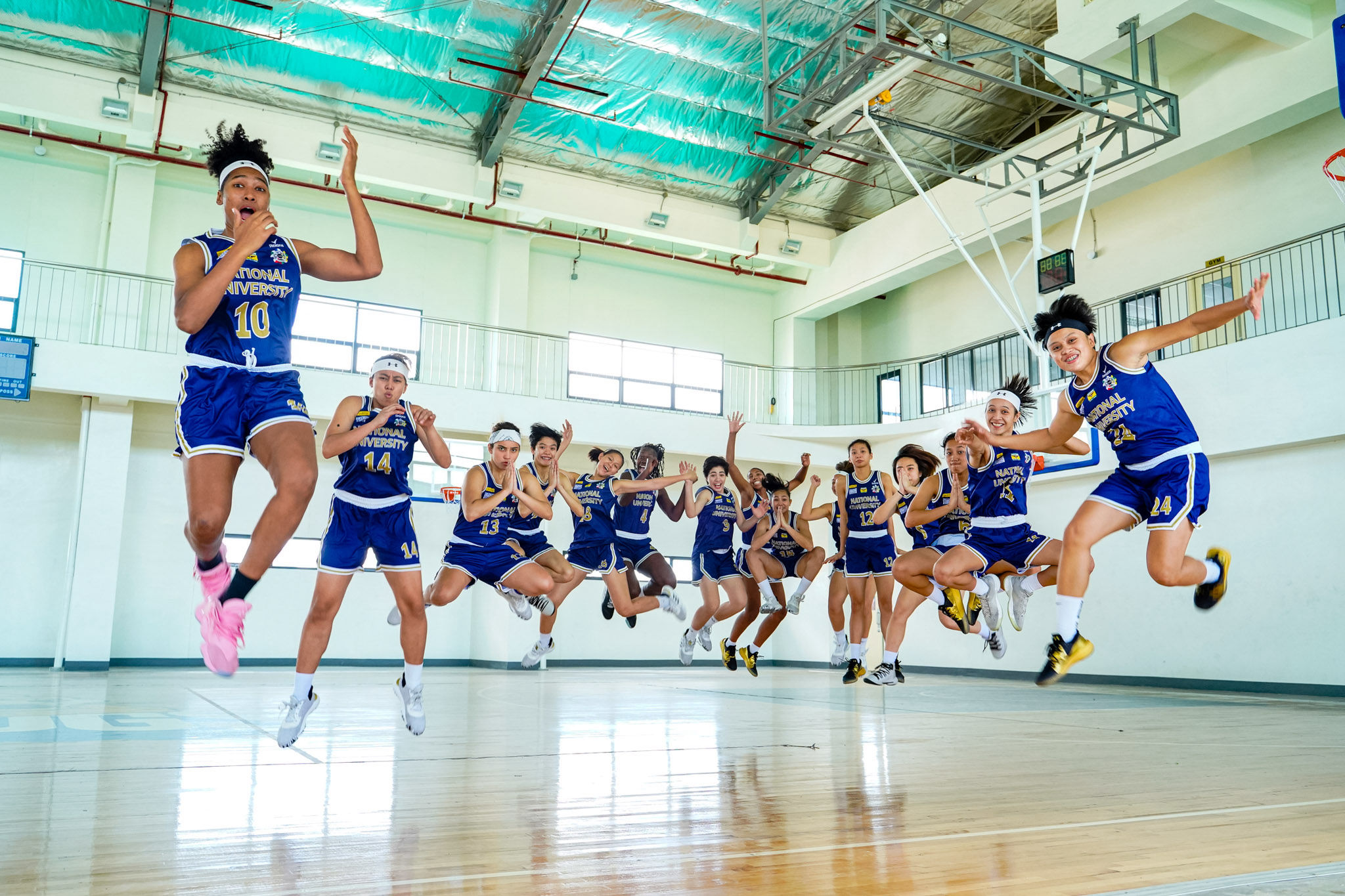
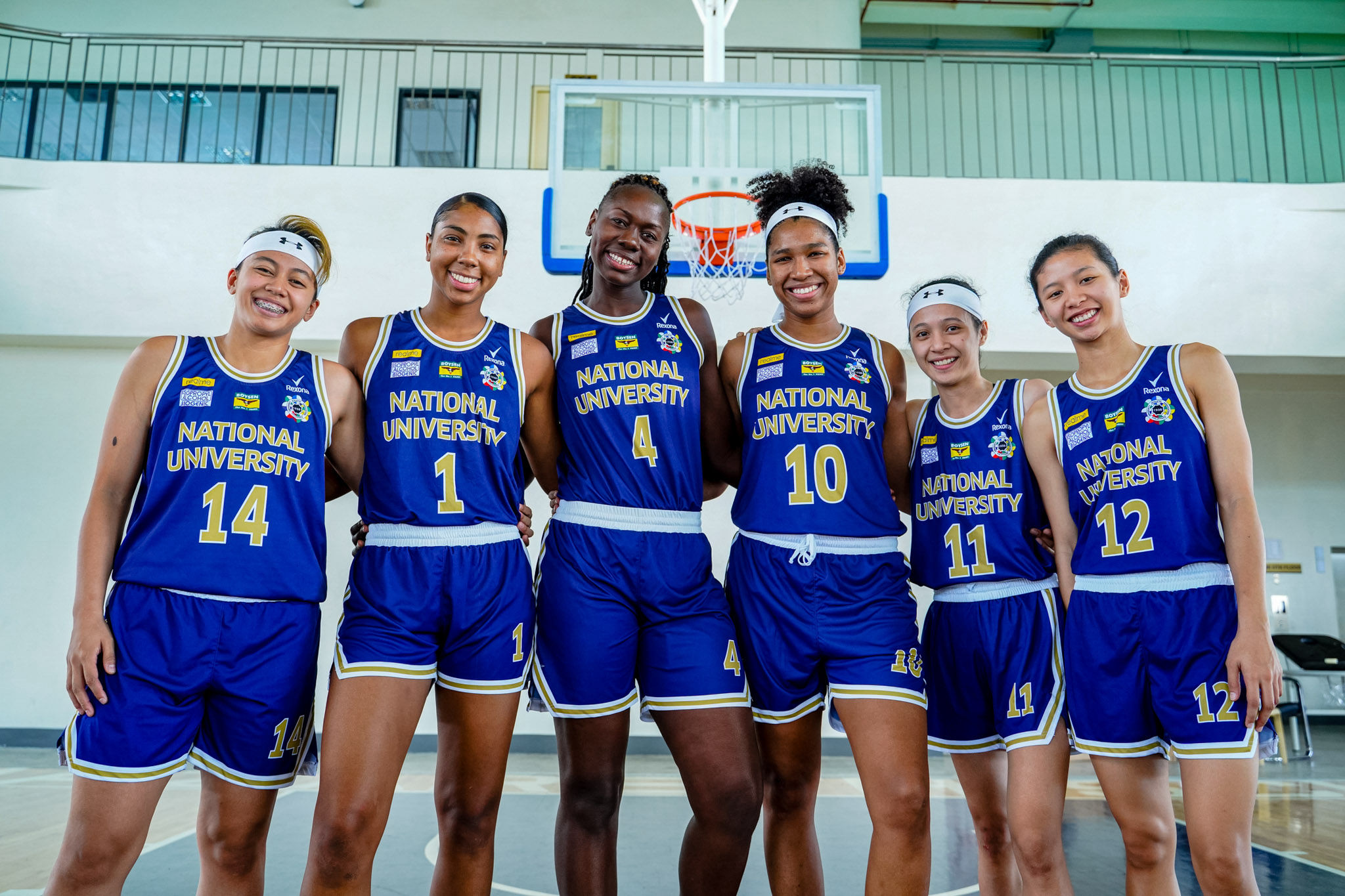
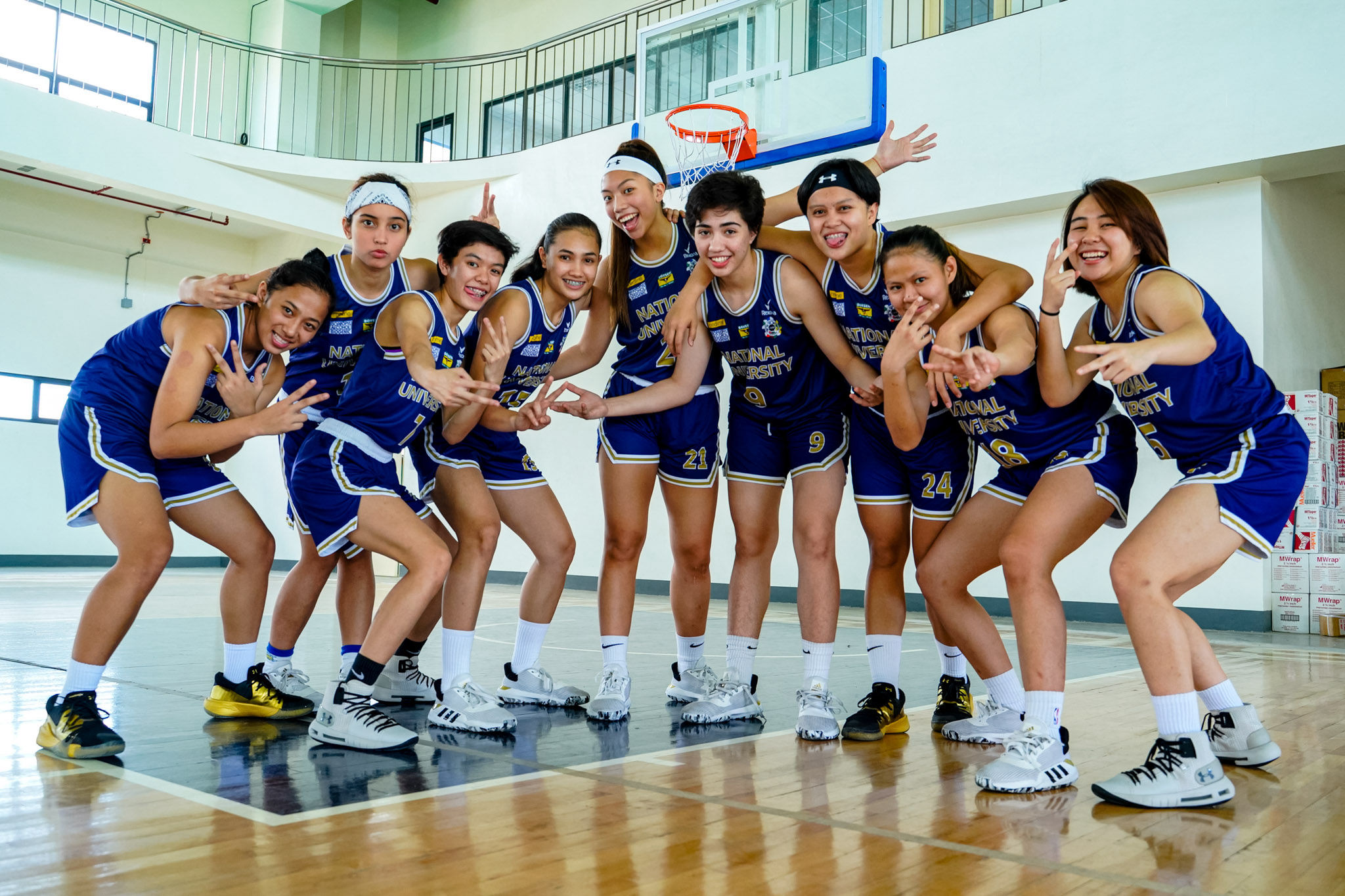
Filipino fans are crazy about basketball, so the exploits of the greatest teams become the stuff of legend. In the UAAP, people still remember the Ateneo Blue Eagles’ five straight titles in men’s basketball from 2008 to 2012. In the NCAA, fans look back lovingly at the San Beda Red Lions’ perfect 18-0 season in 2010. Those are the runs fans tell their kids about; the games they skip school or work to see in person.
But if those are mighty achievements, then what would you call what the National University women’s basketball team has done from 2014 to 2019? The Lady Bulldogs have won six straight championships, including a winning streak of 96 straight games.
No other UAAP team can lay claim to that kind of dominance.
But while other basketball champions would be treated to sold-out arenas, lucrative sponsorships, and athletes decked out in the latest streetwear, the NU Lady Bulldogs play to paltry crowds that barely fill up the patron section of the venue. Their games are on television only twice a year. And many people who consider themselves sports fans don’t even know their names.
When the NU Lady Bulldogs won their sixth straight title and their 96th straight game, there wasn’t even confetti.
This is the story of a dynasty under the radar. This is the story of women’s basketball in the Philippines. This is the story of the greatest winning streak nobody talks about.
The NU Lady Bulldogs open up about the joys and the challenges of being a record-breaking basketball team.
When we talk about dynasties in basketball, we raise teams up to the level of myth. We come to believe that they had always been destined for their success. But all dynasties start somewhere. The NU Lady Bulldogs dynasty started from the bottom.
Patrick Aquino has been coaching basketball for over 20 years. In 1998, he began coaching women in the semi-professional Philippine Basketball League. He led a team sponsored by Ever Bilena, a Filipino cosmetics company, to back-to-back titles in the WPBL.
Since then, Coach Pat established himself as the leading coach for women in the Philippines.
Over a decade later, he would get a call from Dioceldo Sy, the CEO of Ever Bilena, which was backing the NU women’s basketball team. The businessman asked Coach Pat to join the program, first as a consultant, then as head coach.
It was a big ask. The team was at the bottom of the UAAP standings, and played more like an after-school club that didn’t even think of winning.
One of Coach Pat’s first moves was to call Julie Amos. She was the best three-point shooter on those Ever Bilena teams that he had coached. In the years since, Julie had become the head coach of the University of Santo Tomas women’s team. Come to NU, he said. Let’s build something together.
“When I started, it was really hard having a team with a losing culture. So when I came in, I had to change that,” Coach Pat said on the Go Hard Girls podcast. “We had to have that mindset that we had to win every game.”
This meant drilling them on the basics. “So you go back to dribbling, how they shoot well, the attitude going into practice. We have to learn everyday. So I’m learning from them, and they’re learning from me,” said the coach, who even made his girls play high school teams to build up their confidence. It was the first step to bridge the gulf between the NU Lady Bulldogs and the rest of the UAAP women’s basketball field.

“When I started, it was really hard having a team with a losing culture. So when I came in, I had to change that... We had to have that mindset that we had to win every game.”
To understand why the disparity between winning and losing women’s programs can be so wide, you need to understand the systemic difficulties that women’s basketball faces in the Philippines.
Your average barangay basketball league will have men’s divisions for every age group, but the only women on the court are the muses. The titos in the crowd would even employ a full-court press — miss, pa-picture! — on the women.
Even in school, PE classes are segregated by gender: basketball for boys, volleyball for girls. That was the case even for most of the women behind the Lady Bulldogs’ winning streak.
Jeeuel Bartolo started out as a ball girl for her older brother; when she was finally given the chance to play, she was the only girl on their team.
As a kid, people would tell JeAnne Camelo to play with Barbie dolls even though she insisted she wanted basketball.
Mayu Goto, who was raised in Japan, said moving to the Philippines was a culture shock; while Japan is in the Top 10 of the FIBA Women’s World Rankings and has a popular pro league for women, it was hard to even find camps for girls in the Philippines.
Even as spectators, many of the girls looked up to NBA stars like Allen Iverson or Kobe Bryant. They never even saw a WNBA game on TV until they got to NU.
Jack Animam, who would later win regular season and Finals MVP honors in the UAAP, almost never played because she was afraid people would tease her for playing a sport that was “panlalaki.” For boys. She made her first shot at age 13 and had to work twice as hard to catch up to other girls who discovered the sport sooner.
Even as a young girl, Jeanne Carmelo knew she always wanted to become a basketball player.
Recruitment posed another challenge for NU. High school standouts in Metro Manila wanted to go to bigger schools like Ateneo, La Salle, University of the Philippines, Far Eastern University, and University of Santo Tomas. And so Coach Pat would fly out and take road trips to regional games and Palarong Pambansa to scout players from the provinces.
“Once we’re there, we didn’t have famous coaches like Ateneo, La Salle, UST, FEU. I’d only be the third or fourth person to talk to the players,” Coach Pat shares.
But the hard recruiting work paid off, and in his first year as a head coach, NU almost made the Final Four. The year after that, they finished at the top to the elimination round standings and went all the way to the Finals against La Salle in a best-of-three series.
“First game, La Salle won. Second game, we won by a big margin, around 25 points. Then the last game we lost on the breaks of the game. It was so frustrating, everyone was crying,” he says.
But in that moment something clicked for his players and they went back to practice just two days later, with an energy and purpose the coaches hadn’t seen before. The cellar-dwellers who just wanted to play ball were no more. For the first time, these girls were out for blood.
“I said to myself, this is a different team,” Coach Pat recalls. “But I wanted them to stay focused so I thought, ‘Let's not tell them yet that we're doing good.’ That became the start of our streak, on our third year.”
They won their first championship in 2014, and they haven’t lost a single game since.
And the players that Coach Pat was able to convince — Camilla Escoto, Tin Abriam, Gemma Miranda, Afril Bernardino, to name a few — would end up proving him right. Every single one would taste a championship.
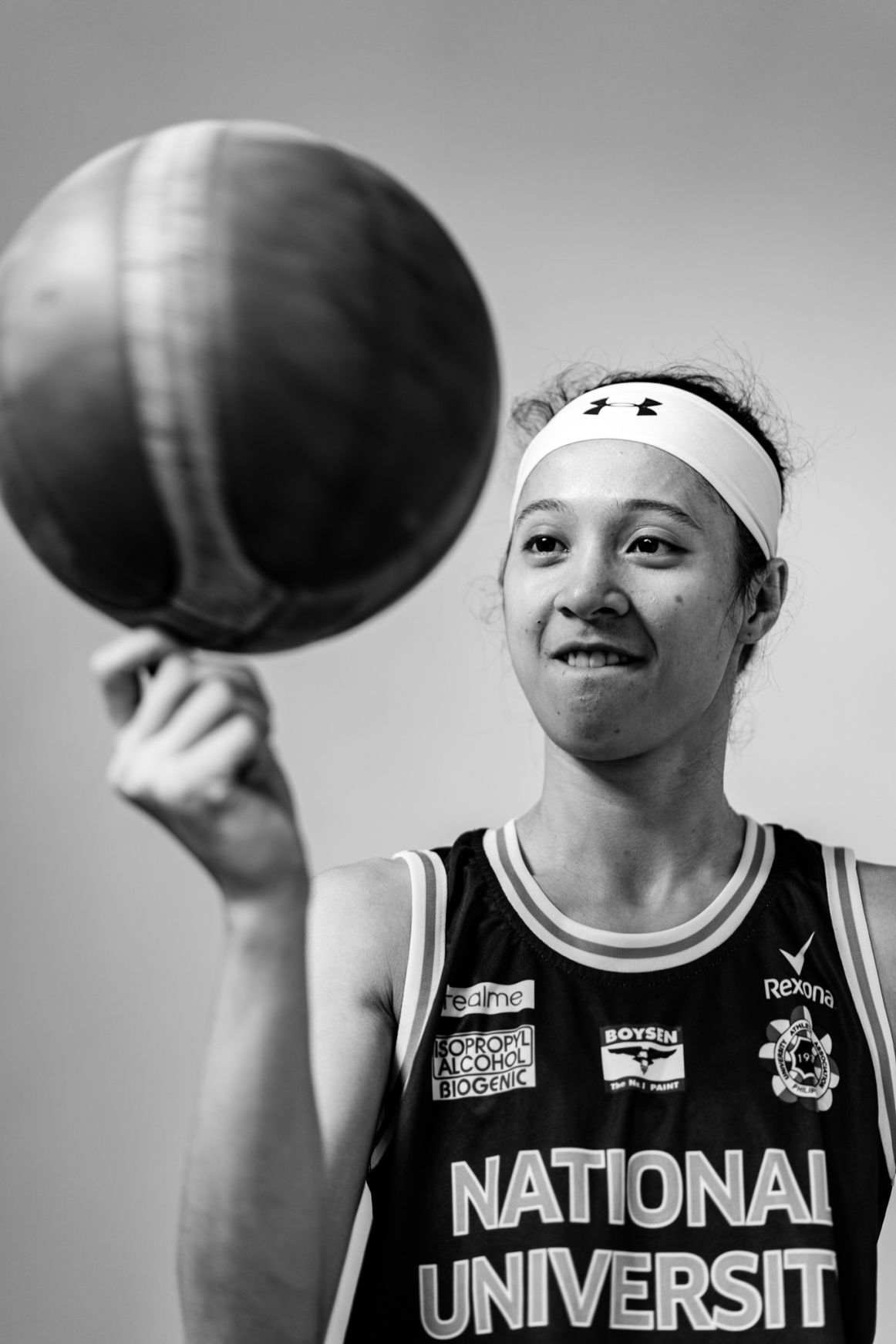
“It was so hard because all the other teams wanted to beat us. Everyone wanted to be the ones to beat us. So we needed to be physically, mentally and emotionally ready in every game.”
Making it to the top of the mountain is one thing, but remaining on top is a whole different animal altogether.
As those first few seasons passed by, they turned in clean sheet after clean sheet. 16-0, 32-0, 48-0. The challenge for any ordinary team is simple: win the championship. It doesn’t matter how.
But this was no ordinary team. Three seasons in, these Lady Bulldogs were on the road to history. They weren’t just playing for championships. The undefeated streak they were protecting was at stake every single time they took the floor.
With every victory, the pressure mounted. With each notch on that growing win column, the crown weighed heavier. They had a massive target on their back. Opposing teams had the NU game circled on their calendars. The Lady Bulldogs had to be prepared to take every other team’s best punch.
“It was so hard because all the other teams wanted to beat us. Everyone wanted to be the ones to beat us. So we needed to be physically, mentally and emotionally ready in every game,” Kaye Pingol says.
In 2017, the streak faced its stiffest challenge to date. It was the opening game of Season 80, and the Lady Bulldogs had just lost some heavy-hitters from their previous campaigns. Three-time MVP Afril Bernardino had moved on, as had talented veteran Gemma Miranda.
In their place was a new core bolstered by Jack Animam. She and her running mates got all they could handle from the University of the East Lady Warriors. UE scored 13 straight points in the fourth quarter to wrest the lead with 3:18 remaining in the game. The teams went back and forth until the buzzer, which saw the scoreboard deadlocked at 60-all.
The game went into an extra period before Jack, in a preview of what would become her own MVP season, dominated down the stretch to help her team secure a 69-66 overtime win.
“It was an overtime game. UE had the ability to defeat us at that time. It opened their eyes to see that sustaining the streak wouldn’t come easy,” Coach Pat says.
“I said, there'll be storms coming in from the front, from the back, from the top, from the bottom, from the side. It will hit you so hard that you cannot imagine how hard it is if you're not ready, so you gotta stay focused on the things that we have to do.”
They learned that lesson, and eventually swept that same UE team in the Finals for their fourth straight title.
As the pressure mounted during the NU winning streak, star center Jack Animam knew they needed to keep their calm in the locker room.
The next season, NU faced another obstacle. Their remarkable run had placed them in a position to challenge for the longest winning streak for any sport in UAAP history. That mark was then held by the legendary Adamson Lady Falcons softball team that won 73 straight games.
The NU team was knocking on the door of the record. They entered the season at 64-0. In nine games, they would have a chance to tie the record. In 10, they could break it.
But that also meant that any defeat before then and that shot at the record slips away. Any hiccup, any bump on the road, any off-game or bad shooting night, and they miss the opportunity.
These next 10 games were not championship games by any measure, but they sure felt like it for those on the inside.
“Every game our mindset was one game at a time. Act like it’s the championship. That’s why we played the way we did, because we weren’t thinking of the next games,” JeAnne Camelo say.
In a fitting stroke of scheduling fortune, NU’s campaign for 73 wins would come against the very same Adamson school whose softball squad held the all-time record.
In the Lady Bulldogs locker room before the game, there was a playoff atmosphere. The tension was cut only by the coaches’ instructions and Ria Nabalan’s discovery of an earworm that never failed to pump her teammates up. The focus was not on tying the record, but on executing what they’ve done in practice and what they’ve been doing for the last five years.
Coach Pat would later admit that he while he was a calming presence in the locker room, he was mostly just putting on a brave face in the midst of the pressure. He hid his stress from his players all season long, until the record-breaking victory relieved all of it.
That season, they made history. And the season after that, they went and won another championship. Five in a row.
“I remember the sound of the drums. When I saw them wave the NU flag, I said to myself, this is it. We’re the champions. All the hard work was worth it,” Jack remembers.
By this fifth year, NU had become a force not just on the court, but off it as well. Kaye Pingol, a former Adamson Lady Falcon, transferred teams to reap the benefits of the NU program. Nabalan and teammate Jhianne Layug became the first UAAP basketball players to finish their careers with a perfect 80-0 record.
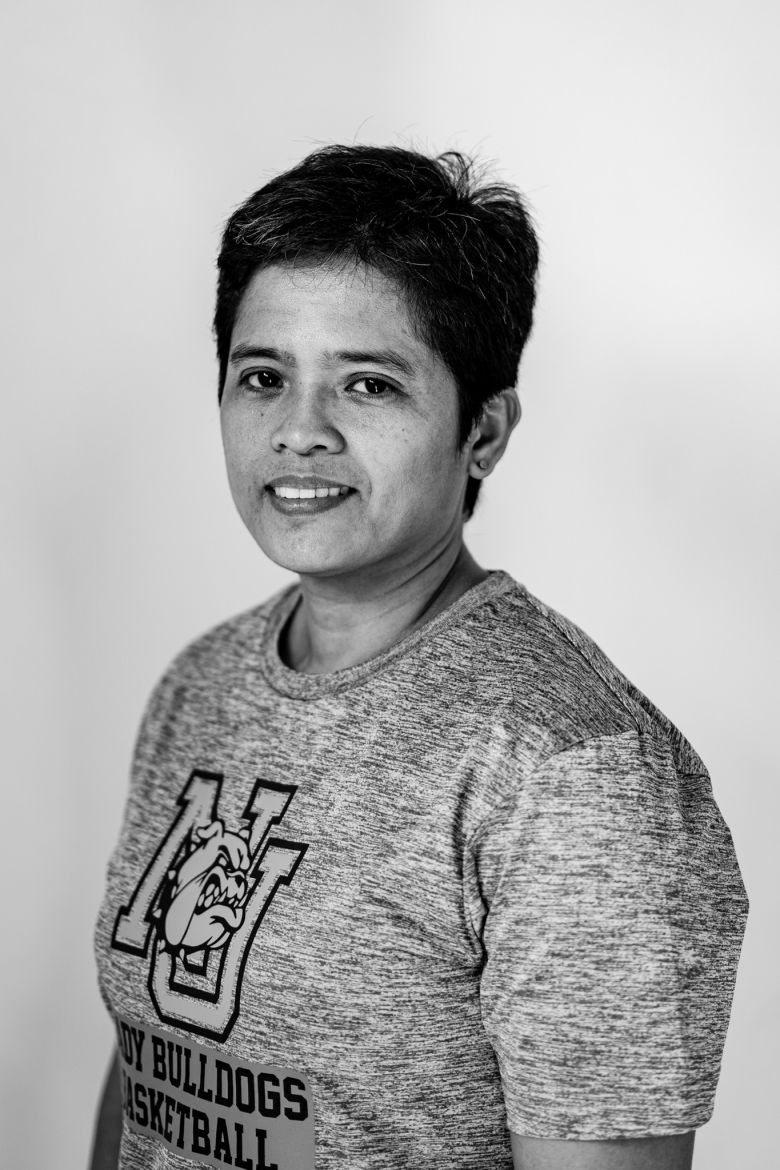
Julie Amos, Assistant Coach
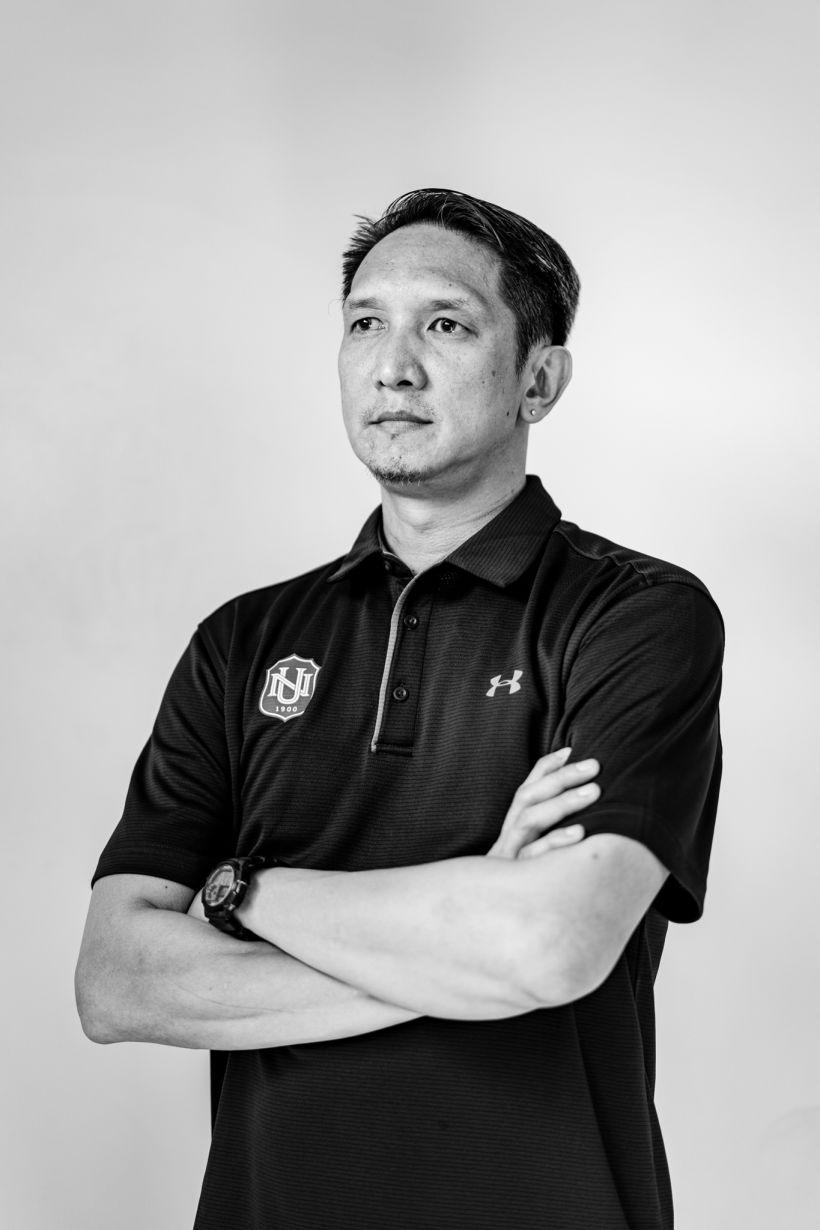
Paul Du, Assistant Coach
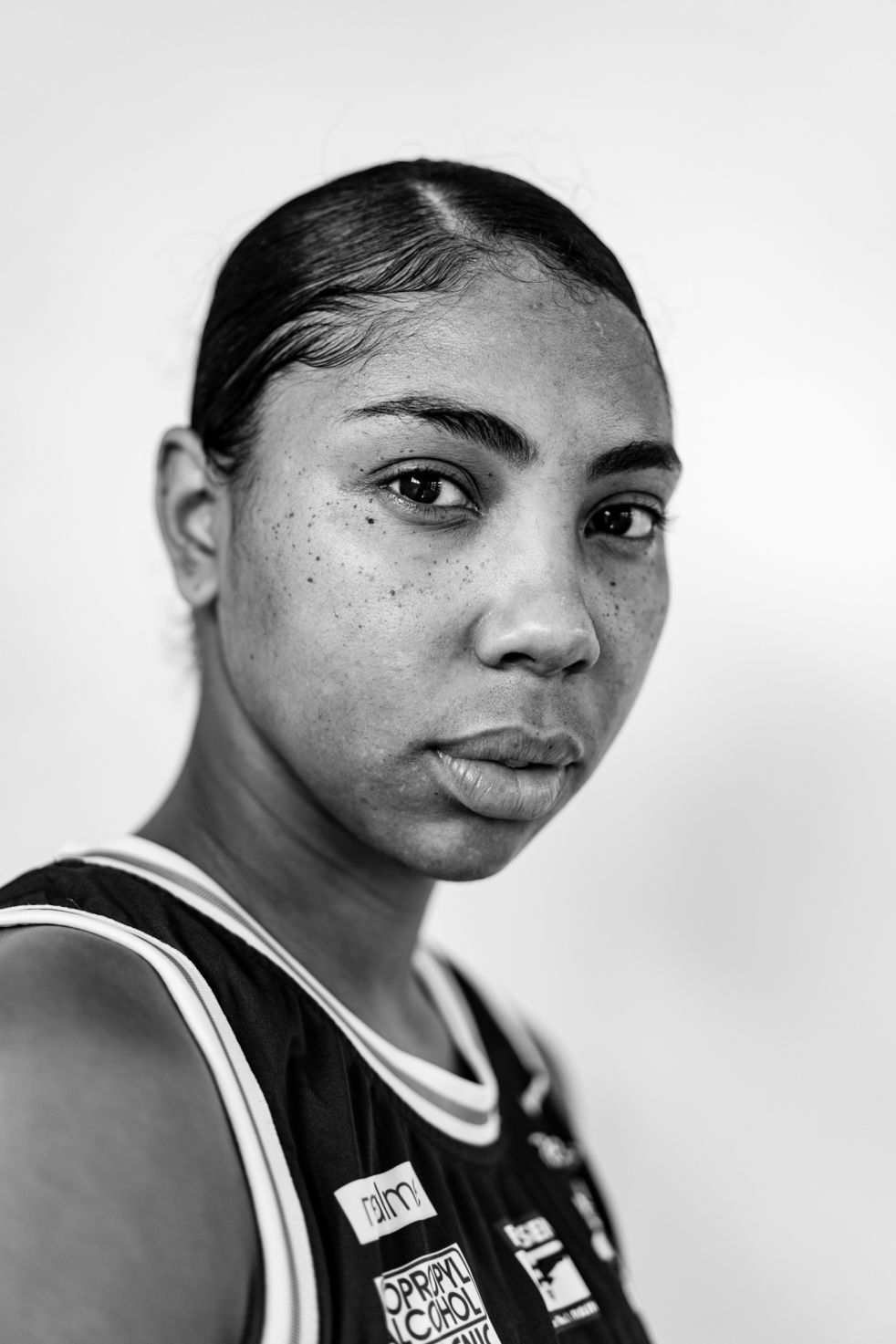
Kelli Hayes, Guard
Kelli Hayes, Guard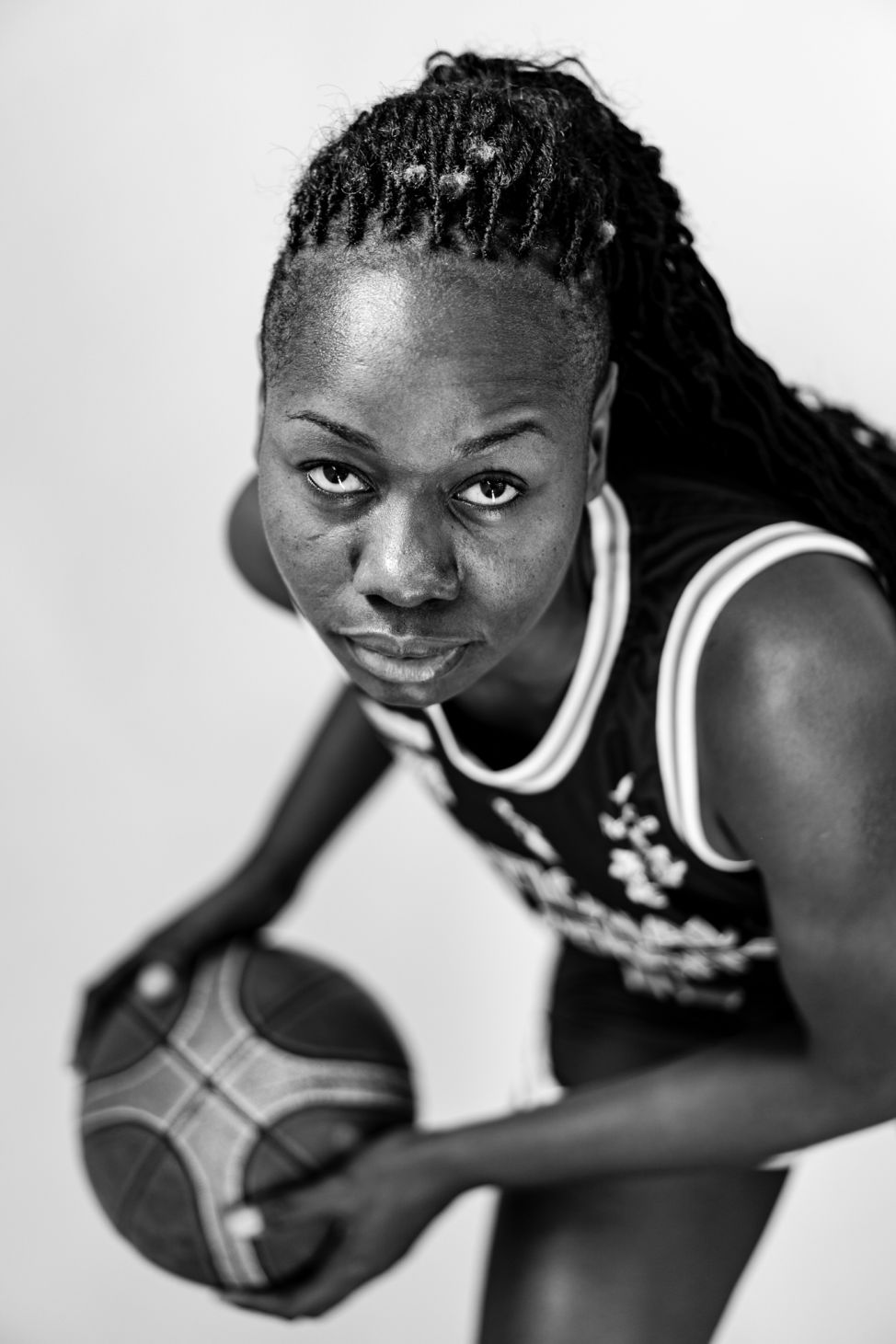
Rhena Itesi, Center
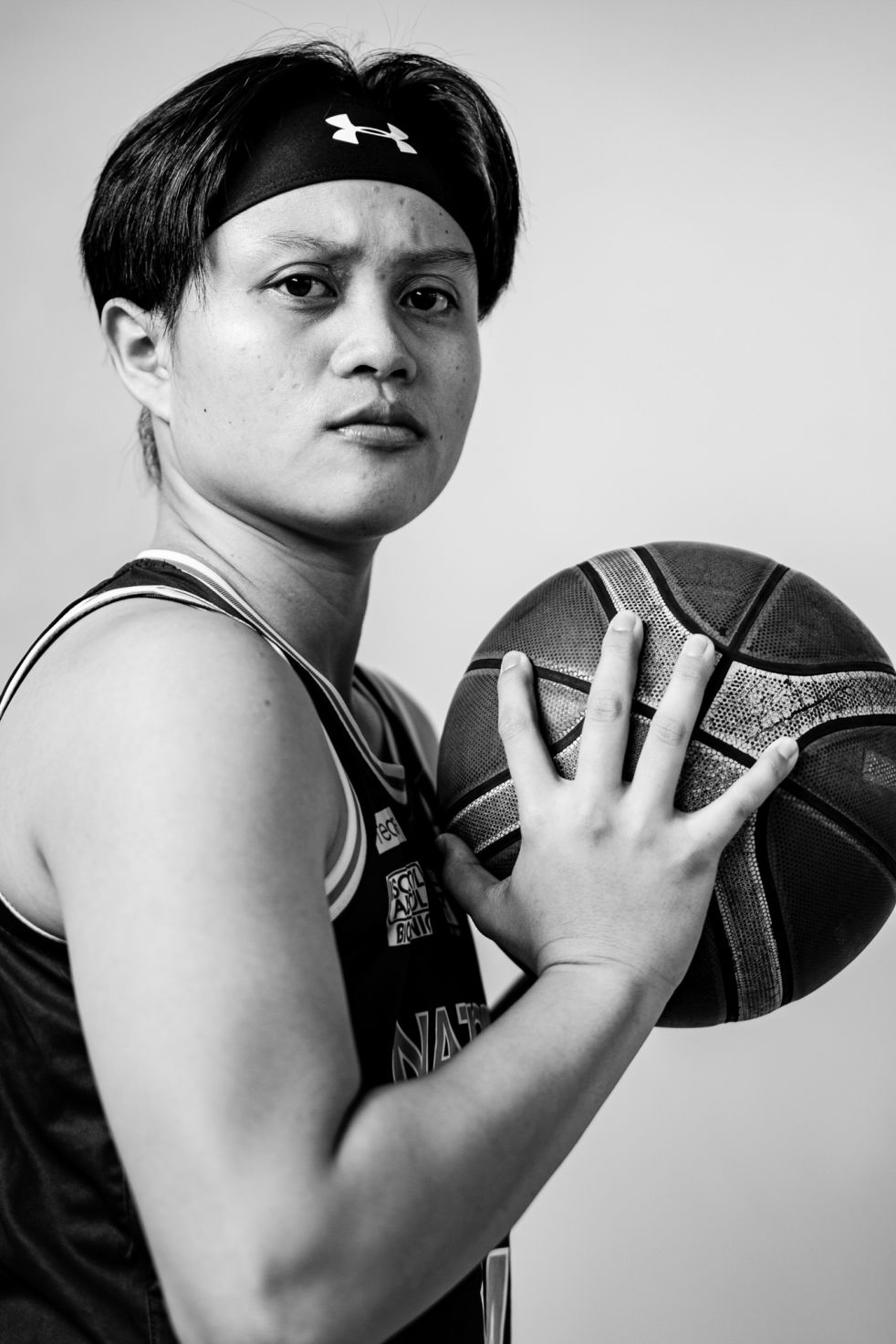
Mikka Cacho, Forward

Samantha Harada, Forward
For most basketball players, an illustrious college career would open the doors to bigger and better opportunities. The reality that awaits most female players in the Philippines after college, however, often are more questions rather than answers.
The top male basketball players dream of the multi-million peso contracts of the Philippine Basketball Association. Those who cannot cut it can still make a living in semi-pro regional leagues like the Maharlika Pilipinas Basketball League.
For women, there is no local professional basketball league. Instead, female ballers have to find opportunities wherever they can.
Ria Nabalan, for example, joined the Navy after her career at NU. Military service — Army, Navy, Air Force — has always been an option for Filipino athletes to make a stable monthly income while still being able to play the game they love, representing the military in minor leagues. Ria is far from alone, joining several other former UAAP standouts in the ranks of soldiers.
Afril Bernardino and Gemma Miranda were able to find jobs as imports for a professional league in Malaysia. They’re part of a lucky few.
Others simply stop playing after college.
“There are so many talented female players who give up playing because there’s no path for us. After college, that’s it. It’s game over unless you’re chosen for the national team,” Jack Animam says.
Jack is one of those players fortunate enough to be chosen. Despite still being in college, she is a stalwart of the Gilas Pilipinas women’s team. But like the rest of the women on the national squad, she is hurt by the dearth of playing opportunities outside of the college leagues. This was underscored by her experience representing the country in the 2017 FIBA Asia Cup.
“We were in India. On the way to get food, the Australian team stopped us. They asked if the Philippines had a pro league for women. We said no, we’re college students. They just laughed,” Jack says.
“They have a league for women. Other Asian countries have leagues for women. I don’t know why we don’t have one in the Philippines. Even a small country like Fiji has a league! ”
As of 2018, the Philippines is ranked 47th in the world by FIBA. Higher than Fiji, but behind many smaller countries like Latvia, Belarus, even the Virgin Islands.
It’s worth noting that among the top ten countries, nine have a women’s professional league.
WNBA. Liga Femenina de Baloncesto. WNBL. Ligue Feminine de Basketball. Turkish Women’s Basketball League. Women’s Chinese Basketball Association. First Women’s Basketball League of Serbia. Brazil Women’s Basketball League. Women’s Japan Basketball League.
The only top 10 team without a pro league is Canada. But Canadian media, coaches, and players are calling to either build their own league, or create a Toronto-based WNBA team. They aren’t satisfied, and that’s coming from the fifth best team in the world.

“There are so many talented female players who give up playing because there’s no path for us. After college, that’s it. It’s game over unless you’re chosen for the national team.”
Malaysia has its own league, and it’s no surprise that they rolled into this year’s 2019 Southeast Asian Games as two-time defending champions while the Philippines entered the tournament seeking its first-ever women’s basketball title.
But the Filipina women — whether it’s breaking records in the collegiate ranks or making history in the SEA Games — are making themselves undeniable. And with it, they are becoming more vocal about the struggles of their corner of the sport as well.
Jack, for instance, has transformed from a bright young prospect to UAAP Season MVP, Finals MVP and now, two-time SEA Games gold medalist in the 5x5 and 3x3 basketball events. She has become outspoken about women needing support. During the 2018 FIBA 3x3 World Cup, she wept openly as she spoke about the need for equal opportunities here, for playing professionally and even training.
Things have started to get better. The national program has made great strides. Camps like Jr. NBA and Girls Got Game are providing more opportunities for younger girls to get into the basketball.
But a pro league for women is still a pipe dream. Funding for women’s basketball is difficult to come by, with sponsors seeing it as a risk. Even Coach Pat, who has worked tirelessly for the benefit of women’s basketball, calls for a semi-pro league first, a chance to prove something, before a full-fledged professional league.
The work is far from finished.
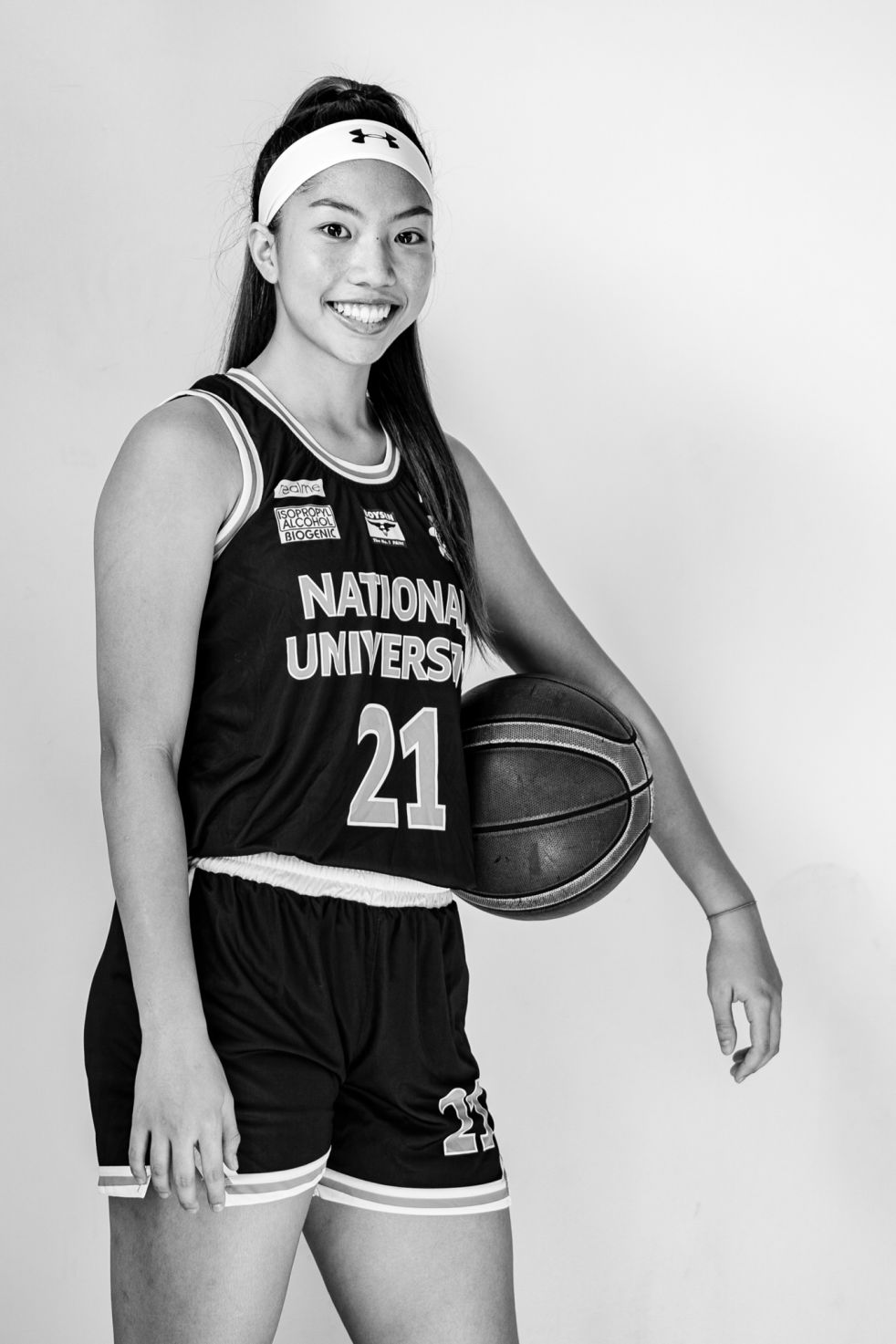
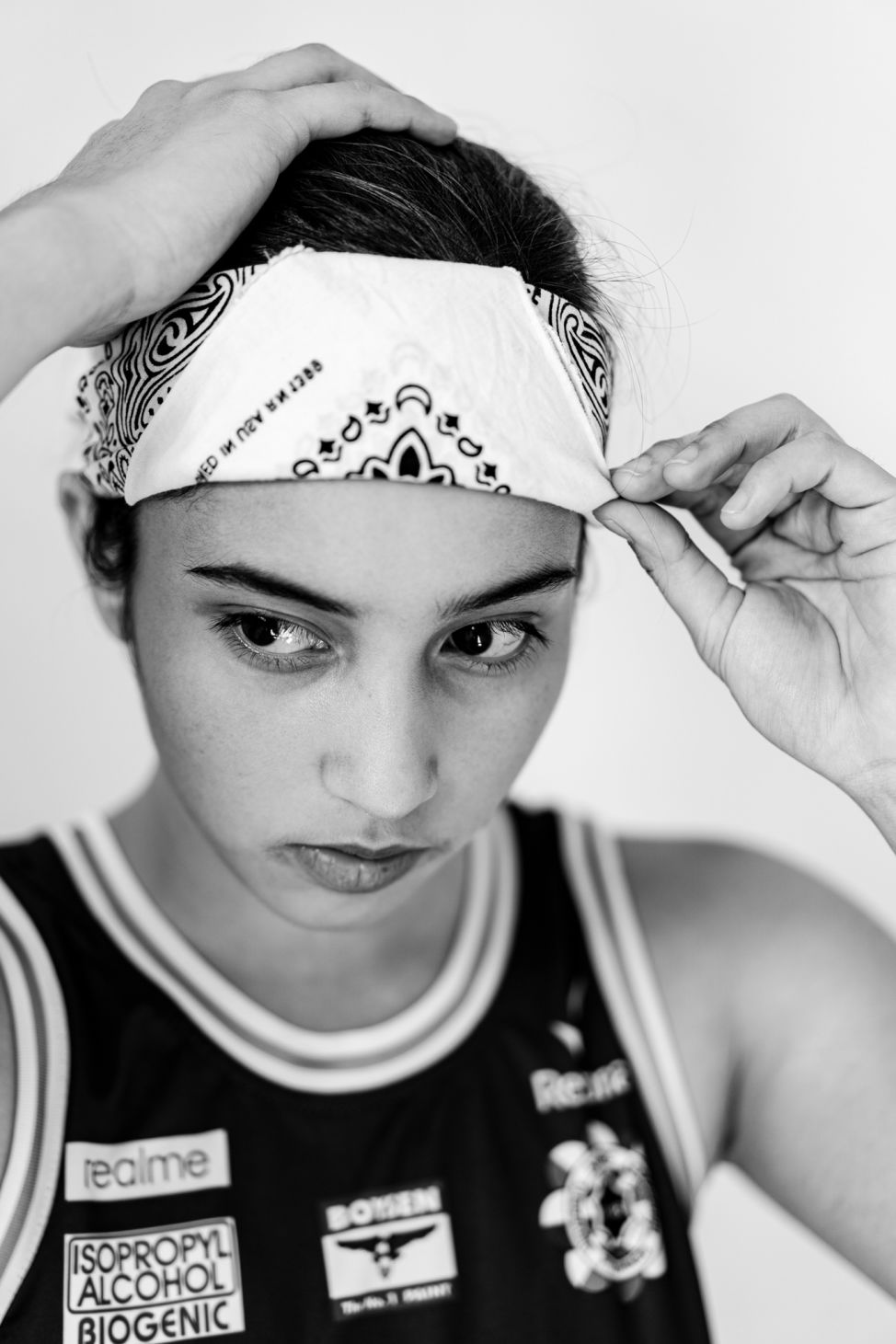
After their 80th win, winning took on a different meaning for Lady Bulldogs. The longer the streak gets, the more ridiculous it seems that people sleep on women’s basketball.
The girls are starting to make their voices heard. Rookie Camille Clarin, a member of the team that took home the bronze medal in the FIBA Under-18 Asia Cup, was asked in a Q&A on Instagram “Why basketball?” She rolled her eyes at the camera and fired back: “Why not? Does anybody ask, why volleyball?”
Fellow rookie Christiana Dimaunahan, meanwhile, had been getting a lot of attention on meme pages. It wasn’t about her skills — she had an ACL injury at the time — but about her looks. Men would make creepy jokes about wanting to get physical on defense with her. It’s a shame, because her basketball journey is a far better story: she learned to play basketball by tagging along with her father, former professional player Aris Dimaunahan, at practices for Ginebra, the most popular basketball team in the country.
Even a few years ago, sexualizing women ballers dominated the conversation about women’s basketball; it was so common that many female athletes believed it simply came with the territory and didn’t complain.
This generation is different. “I haven’t proven anything. My teammates deserve the spotlight more,” Christiana would tell reporters, perhaps aware of the attention she gets because of her looks. Camille, meanwhile, would be spotted wearing shirts with feminist slogans like “Women don’t owe you shit” and “Well-behaved women rarely make history.”
Sexism from institutions and media is a challenge that the NU Lady Bulldogs continue to face.
The resentment has long been brewing under the surface. In the third episode of the Go Hard Girls podcast, the NU Lady Bulldogs spoke out against sexist media coverage like never before. A sore point for the team had been the 2016 3x3 competition organized by the PBA — a tournament so steeped in the male gaze that the marketing materials called the players “Baller Hotties,” asked the women about their sleeping positions, and whether they had crushes on PBA players.
An incensed Monique Del Carmen makes the point that no one would ask the same stuff about male basketball stars. “Try asking June Mar Fajardo and James Yap those questions, think they won't be pissed off?”
Jack adds: “They might even punch the person who asked those questions.”
The commissioner of the PBA at the time, Chito Narvasa, issued a memo forbidding the women from wearing long shorts and having short hair, later justifying the decision by saying it was the only way the women wouldn’t be mistaken for “high school boys.”
Coach Pat remembers how many female players — including some national team members — declined to join the PBA-organized competition because of these rules.
Thinking about it gets Jack livid.
“You play basketball because you’re good, because you’ve got skills and talent. Not because of beauty. They should have showcased the skills and smarts of the players on the court.”
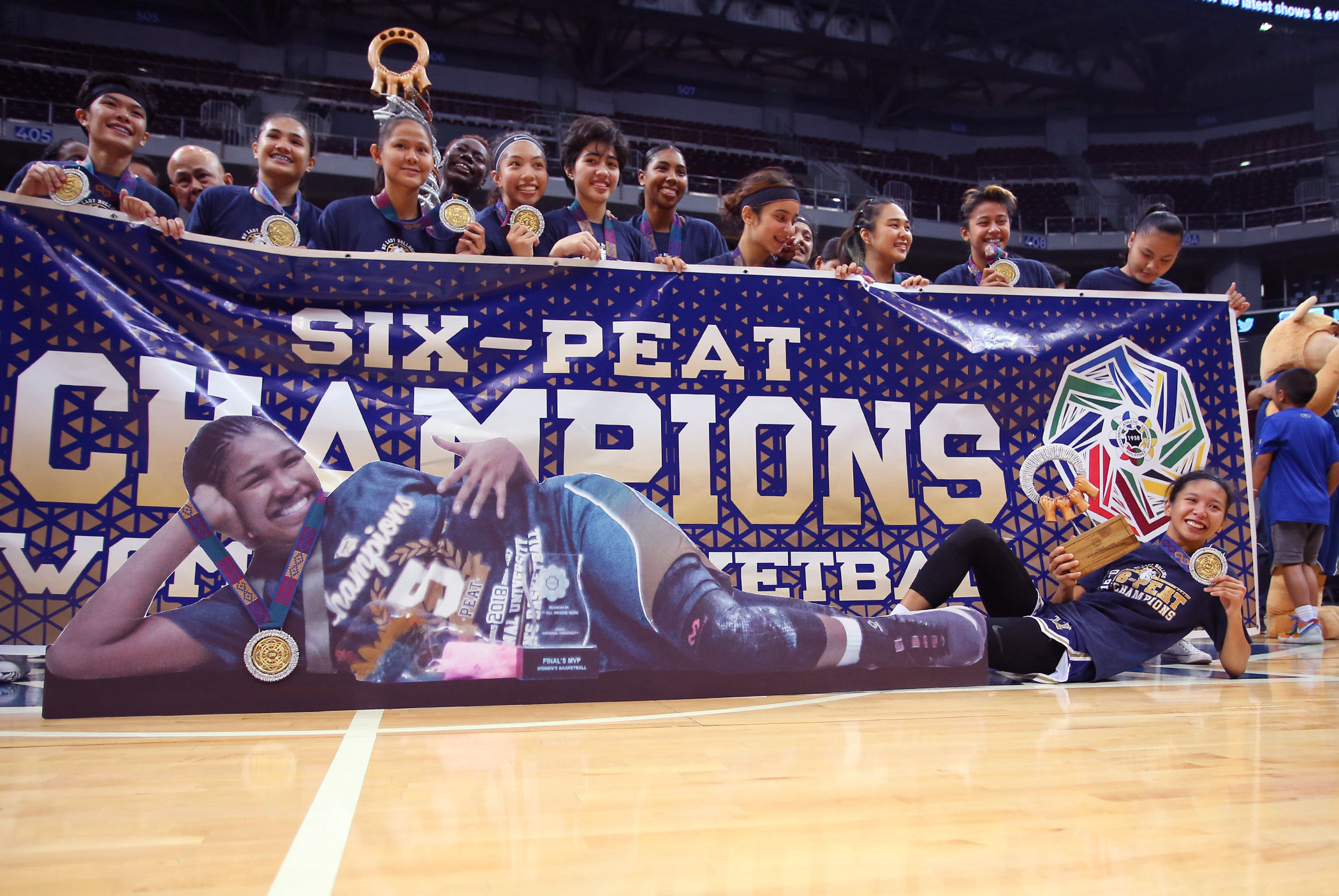
On the court, the league was changing as well. NU stepped up its recruitment, bringing in UCLA starter Kelli Hayes on a one-and-done deal, but other teams were getting more competitive as well.
Jack was the only NU player to make the Mythical Five. La Salle had Kent Pastrana, Adamson had Nathalia Prado. FEU, who made the Finals the year, had Clare Castro. Castro and Prado would be Jack’s teammates in the 2019 SEA Games, winning the historic gold medal in the women’s 5x5 basketball. Ultimately, it would be UST, led by season MVP Grace Irebu, that would challenge NU’s dominance in the finals.
The true challenge came to NU in the Finals. Jack had been representing the Philippines in a tournament in New Zealand when she took an elbow to the face, and the fracture meant she couldn’t fly home. That means the Lady Bulldogs would have to defend their title without their star player.
Instead of shying away from the challenge, the NU girls remained defiant, trooping out in shirts reading “#ParaKayJack” and “#ParaSaNU.” For Jack. For NU.
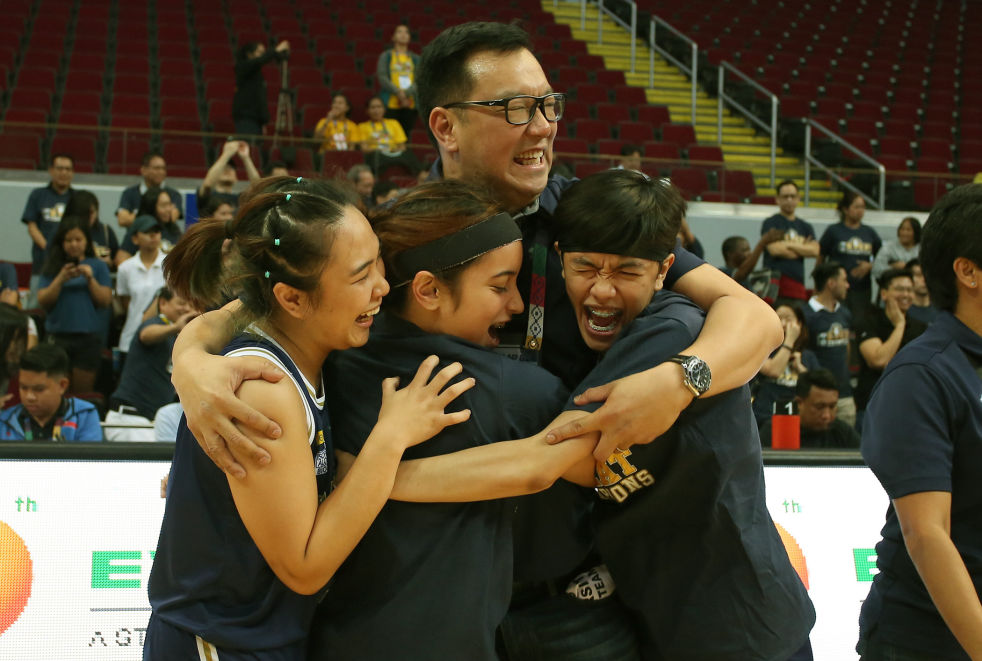
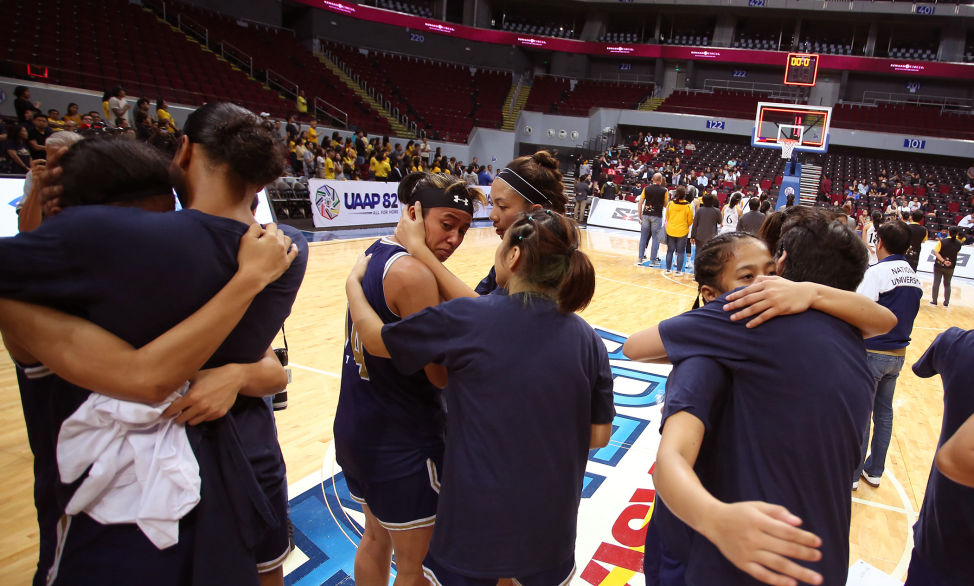
The NU Lady Bulldogs celebrate their latest title with litte fanfare.
The NU Lady Bulldogs did not even get a ladder to cut down the nets after their title win.
UST took the fight to NU in Game One. Despite sweeping the elimination round by an average of 33.85 points, the Lady Bulldogs struggled to break away. Rhena Itesi put up 17 points and 13 rebounds, Kelli Hayes had 16 points, while Mikka Cacho made two crucial threes in the fourth quarter for a total of 11 points and six rebounds. But the Growling Tigresses were down just two points, 67-65, with under two minutes to play. NU barely survived, thanks only to lock down defense and a huge three-pointer from Kaye Pingol to finish the game, 70-65.
That would have been UST’s best chance. Perhaps if they had broken the streak, it would have been enough to shake NU and take the championship for themselves. But in Game Two, NU started out with a 25-8 lead, a blow from which UST never recovered.
Jack may not have been there, but the seniors stepped up. Monique Del Carmen, who scored seven points in the first quarter to build that early lead, would finish with 15 points, four assists, two rebounds, and two steals. Rhena Itesi, reliable as ever, added 12 points and eight rebounds. Kelli Hayes added nine more points in her last game for NU. Kaye Pingol added another 15 points and five rebounds before hurting her right shoulder.
Having to go out because of injury in her last college game — and with no pro league for women, perhaps even the last game of her career — Kaye began crying on the bench as they put her arm in a sling. Monique went over to her, cupping Kaye’s head in her hands and reassuring her. She was still a part of this. They were all part of this.
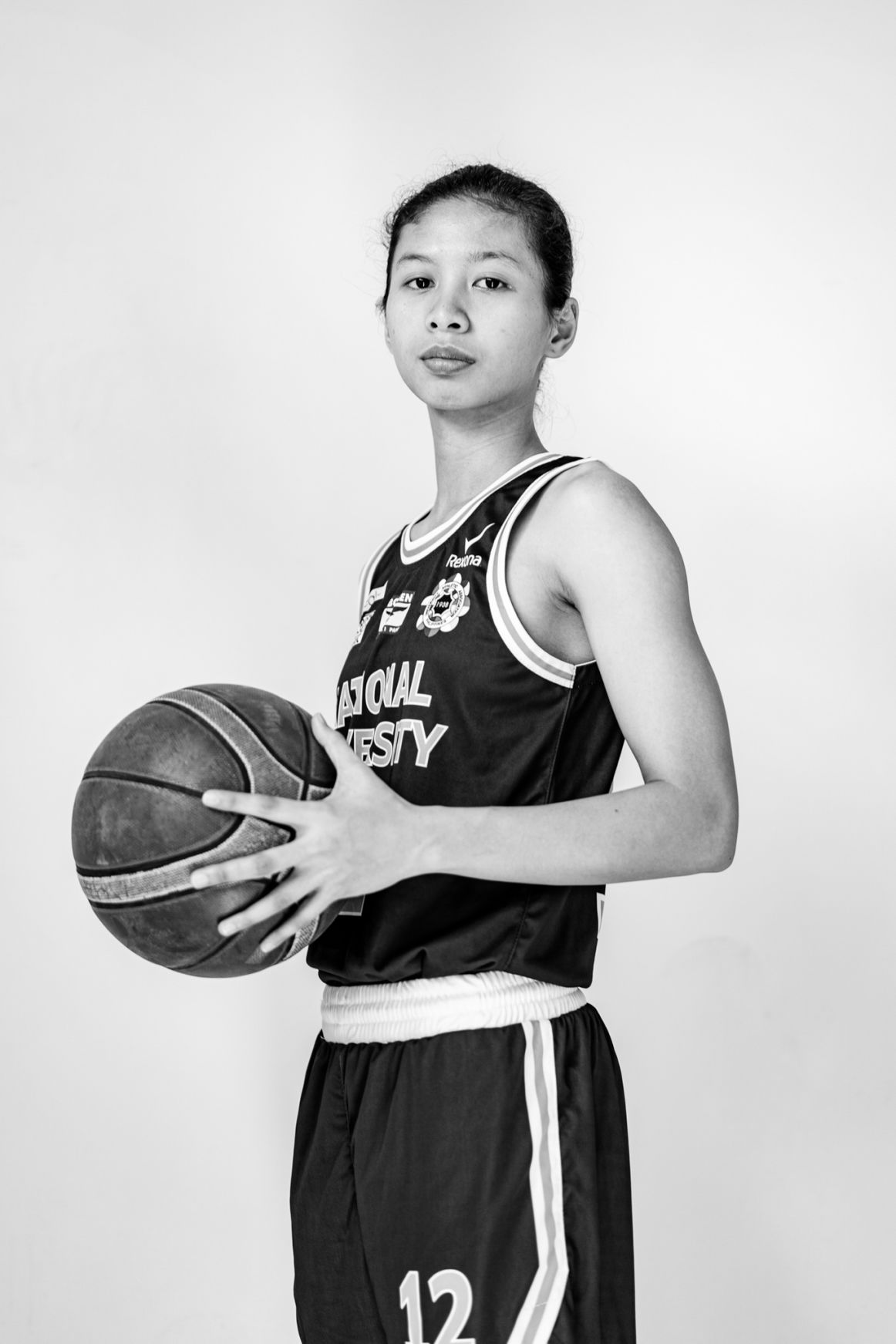
“We want to put women’s basketball on the map. Through history, through achievements, that’s how we can give a voice to women’s basketball.”
Back on the court, the lead kept growing. In the last two minutes, the team’s supporters began handing out championship shirts. The buzzer rang. 66-54. 16-0. 6-peat. 96 straight wins.
The girls ran onto the court. They brought out life-size standee of Jack so she could be part of their group photos; they even hung a medal on it.
There was no confetti. Nobody even brought out a ladder for the girls to cut down the net for what should have been a standard made-for-TV moment. So they did what they’ve been doing for years: they lifted each other up so they could do it themselves.
“We want to put women’s basketball on the map. Through history, through achievements, that’s how we can give a voice to women’s basketball,” Monique says .
They grew up without having enough camps for girls. They struggled to get sponsorships. Their games would be televised two days out of an entire year. There isn’t a clear path after college.
The NU Lady Bulldogs have a message for young women dreaming of becoming basketball stars.
But they keep playing. They keep inspiring. They keep dreaming. While women shouldn’t have had to break records to get noticed, they did. They balled so hard that people couldn’t ignore them anymore.
Every time they step on the court, they challenge what society thinks a basketball player is. With every game, they grab people’s attention and direct it toward female athletes. And with every win, they send a message to the league, to the culture, to the girl thinking about whether she should pick up that basketball.
Cynics will say that no streak can last forever. But no matter what happens, the NU Lady Bulldogs’ legacy will live on.
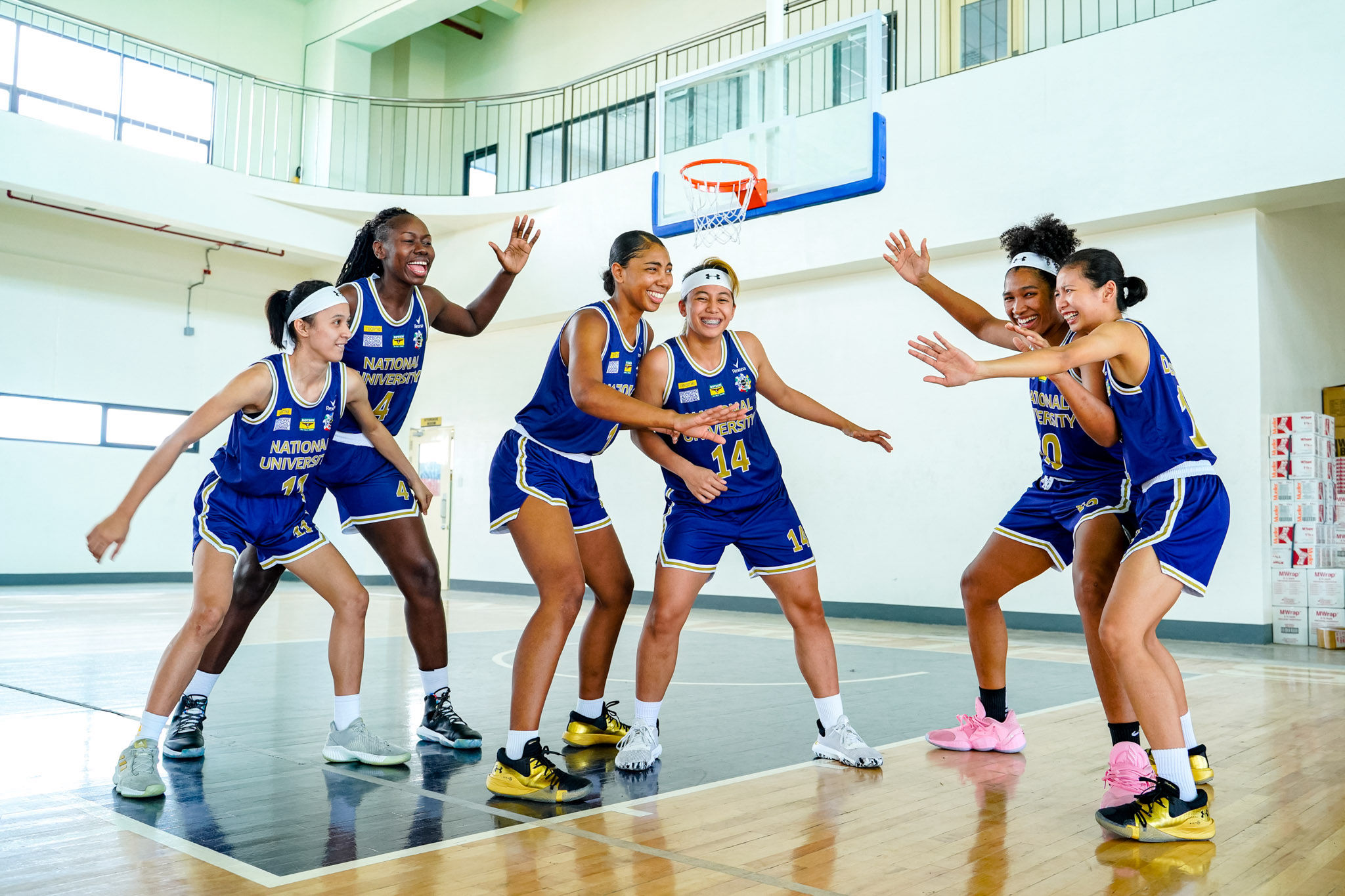
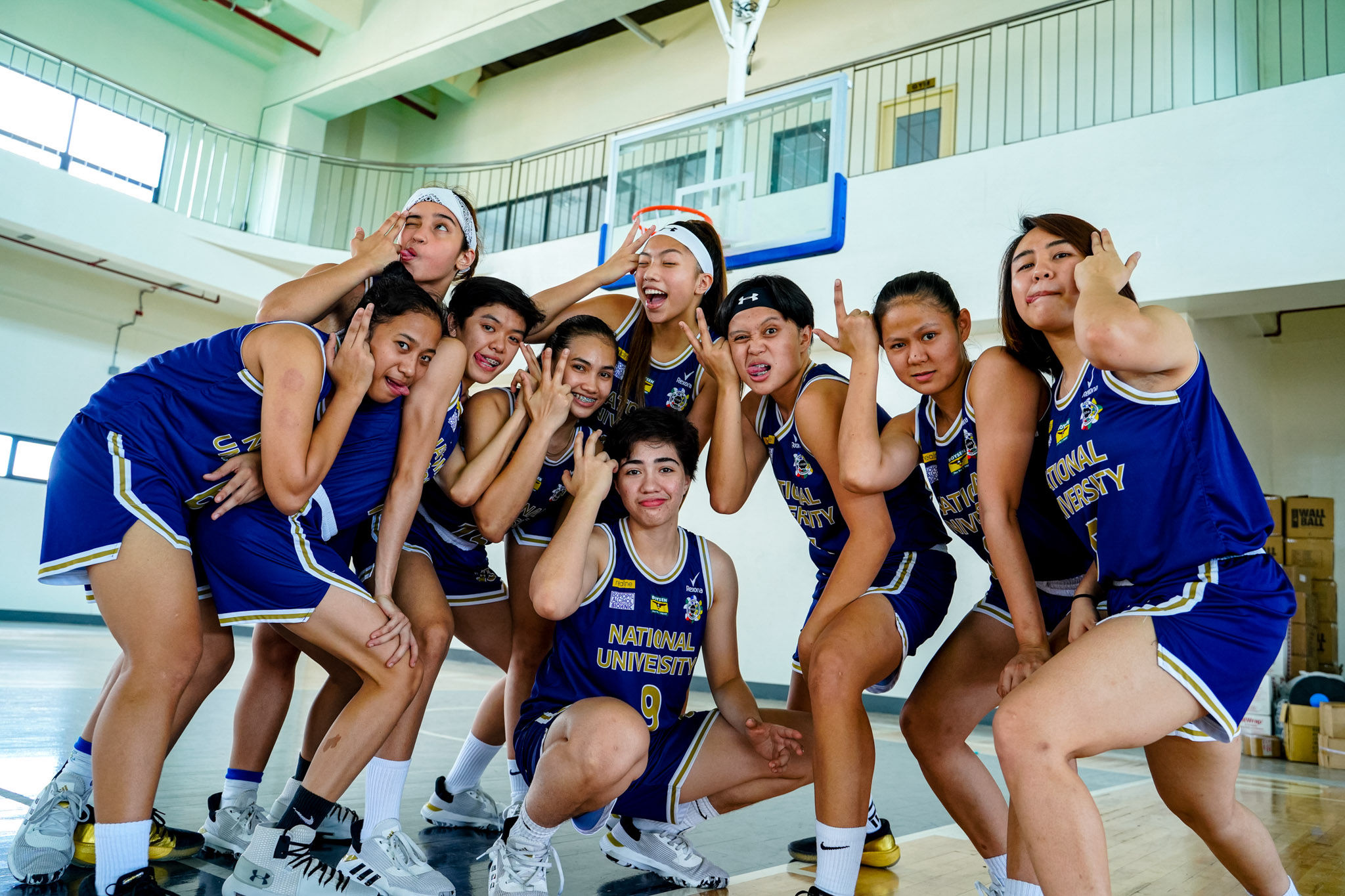
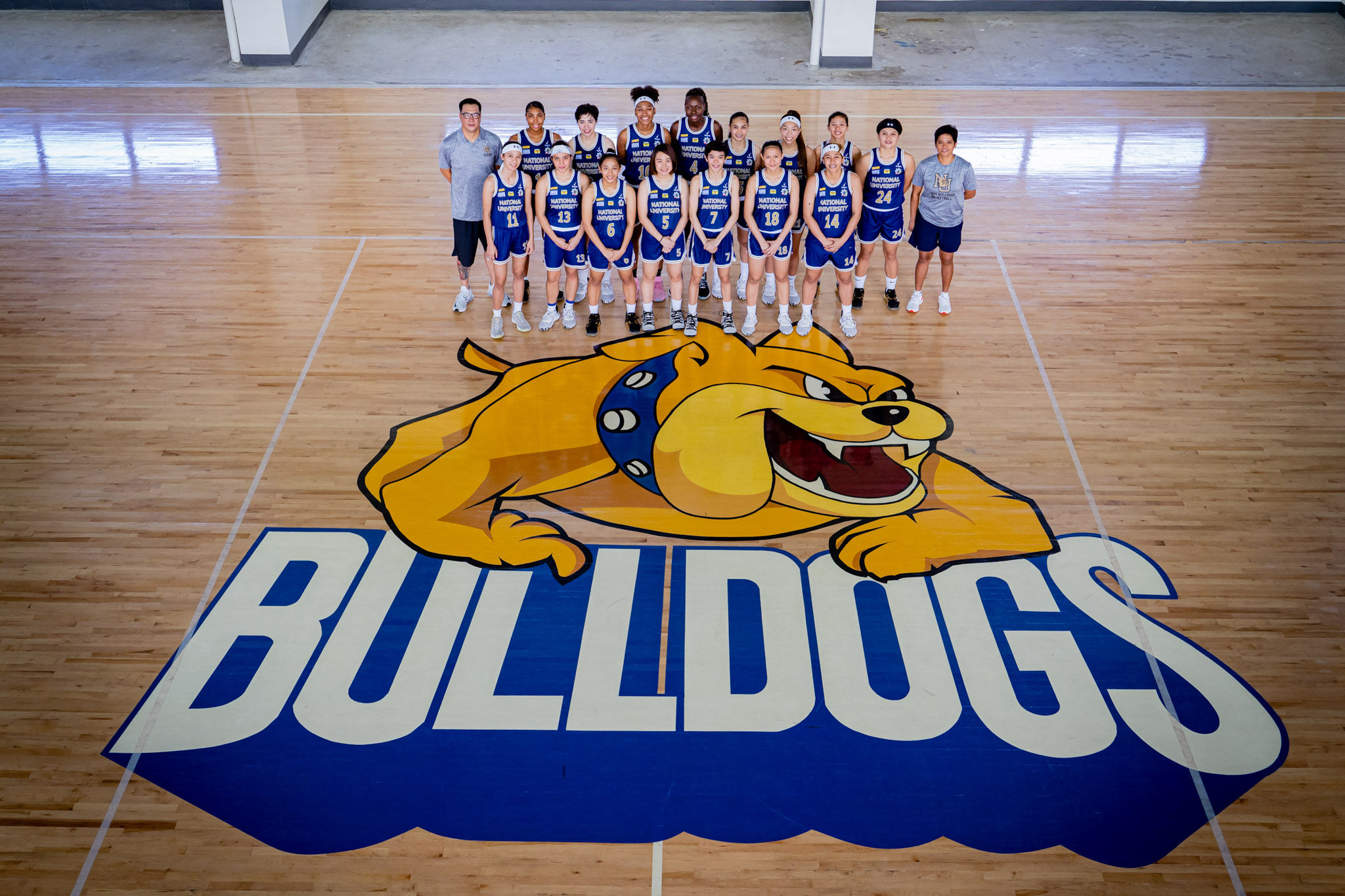
In-depth special reports and features showcasing the best multimedia storytelling from GMA Integrated News.
SHARE THIS STORY